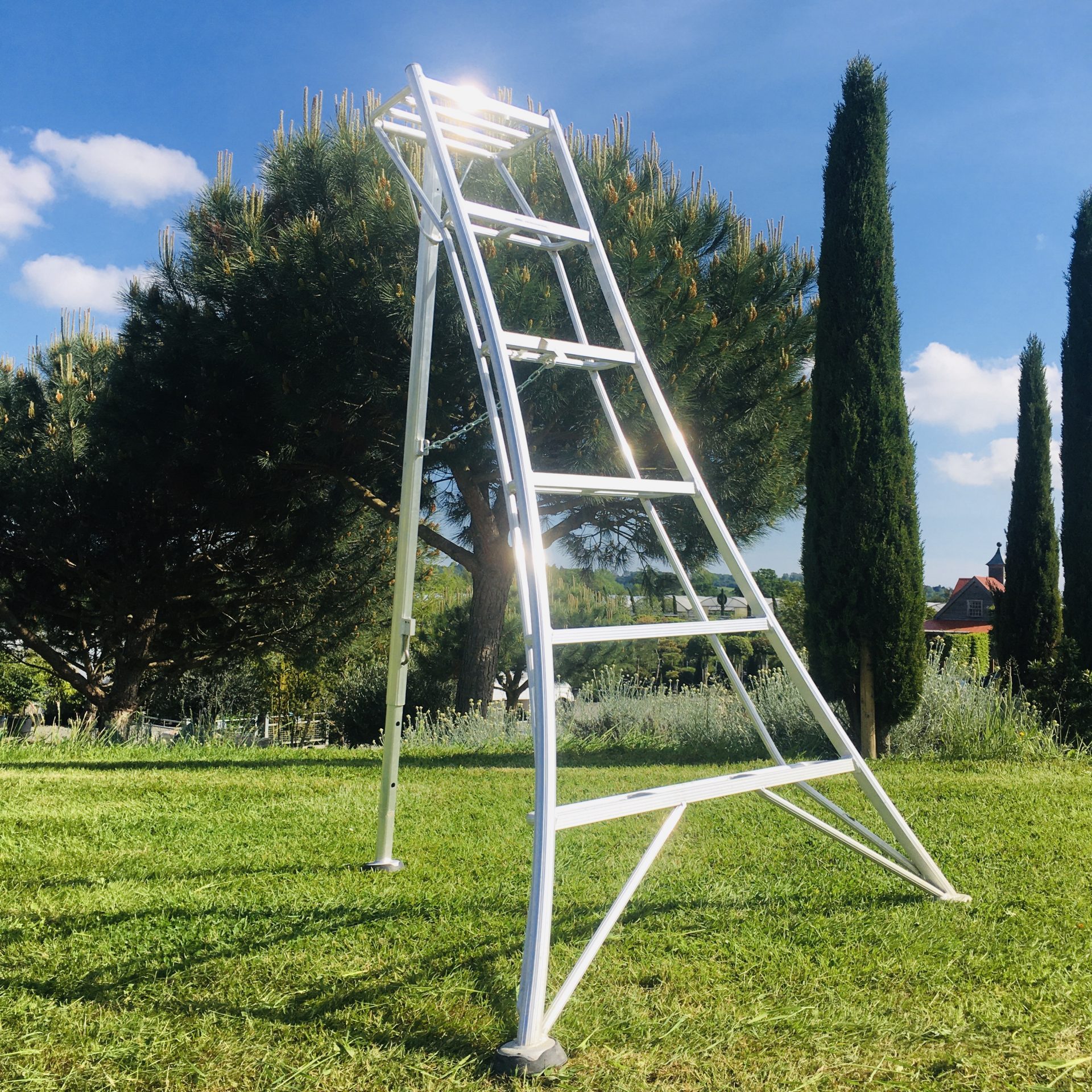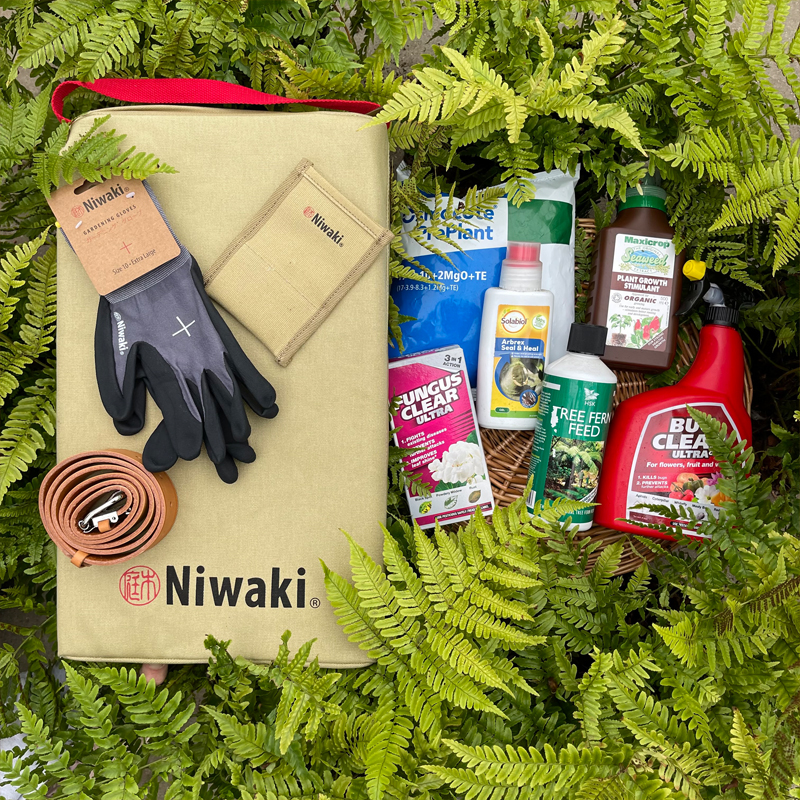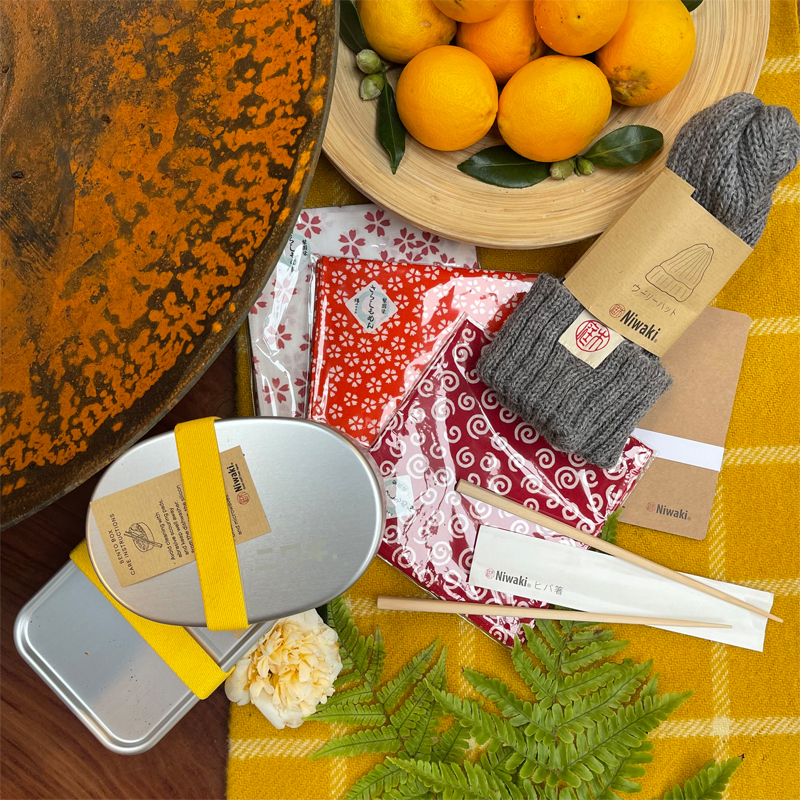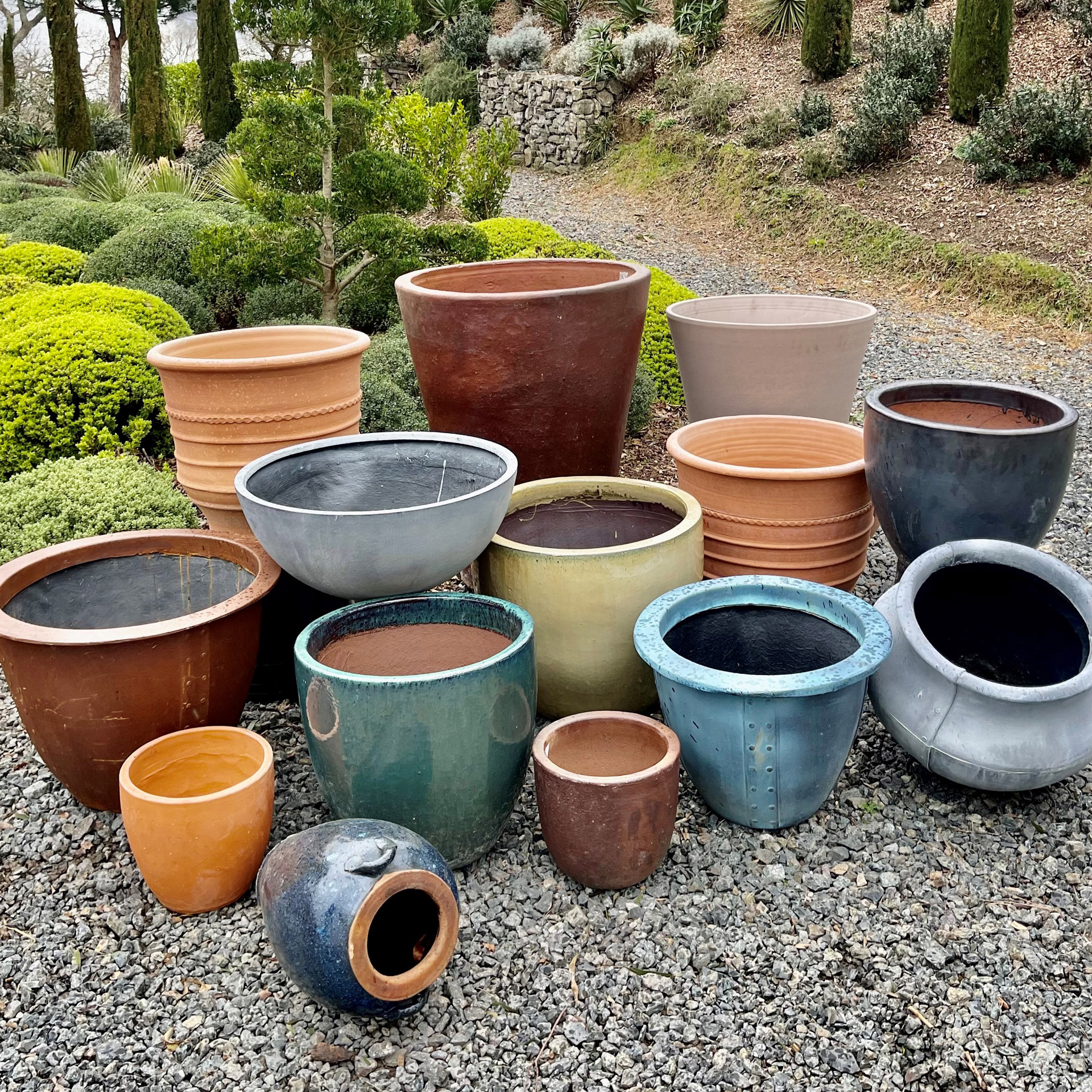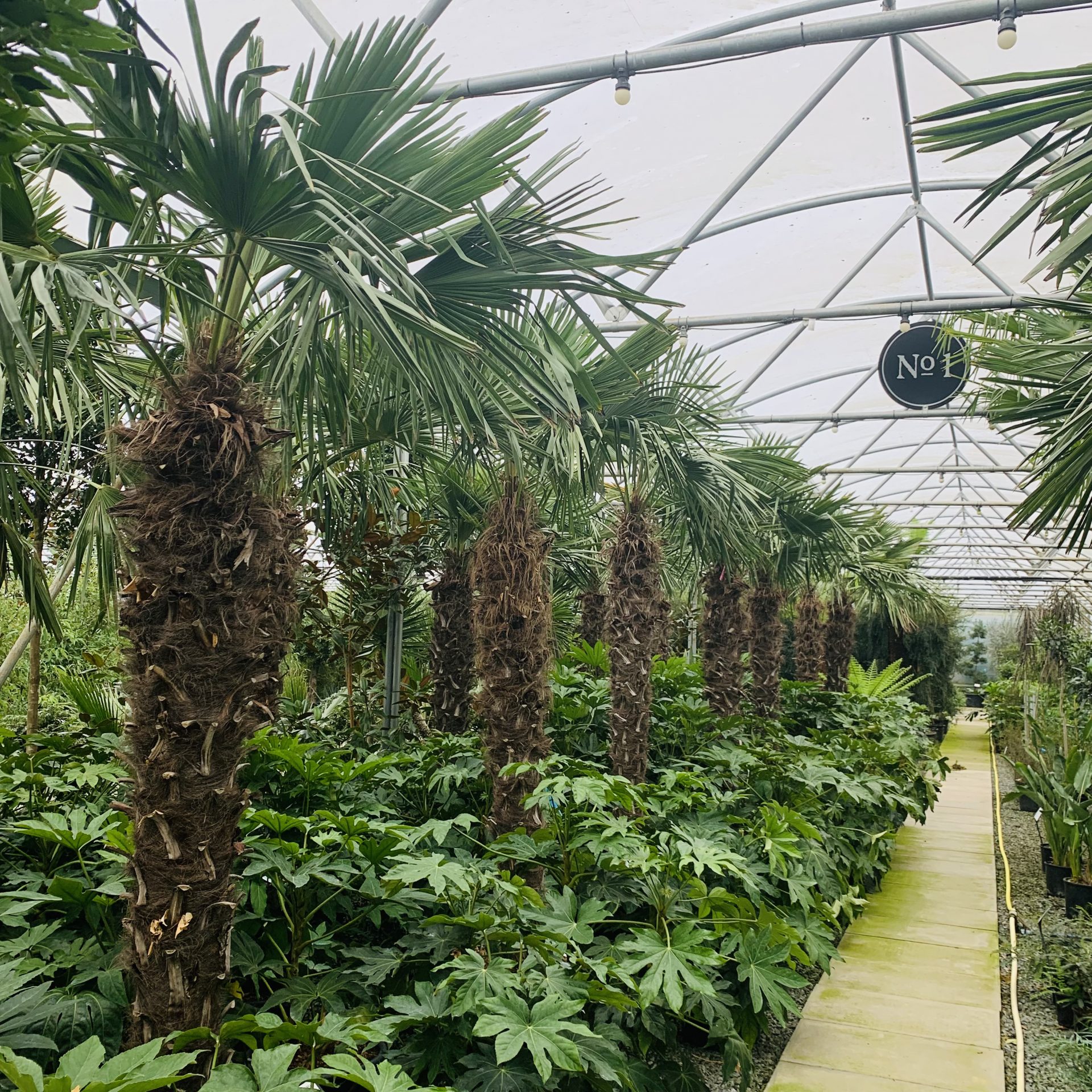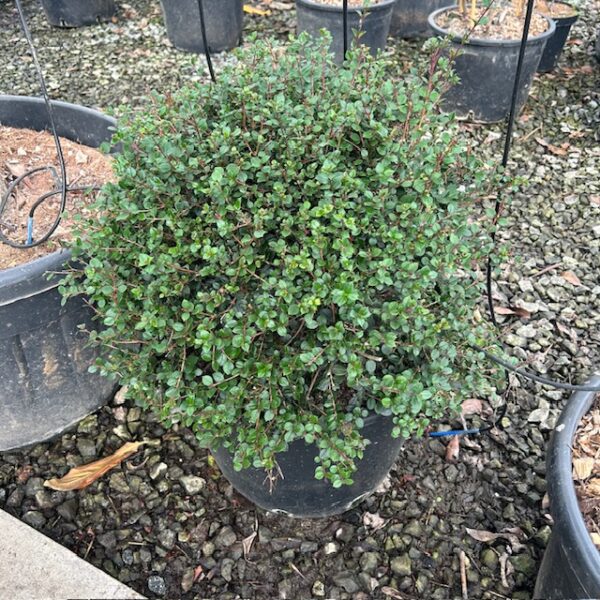Myrtus apiculata
mall evergreen tree with orange bark, reddish new growth and fragrant white flowers in August. They like water. Given ideal conditions (plenty of water), they could grow to 15ft in 10 to 15 years. Sun or light shade. Try to position so the evening light falls upon the delicious bark.
One of the great things about this nursery is the way it acts as an exchange for information. I’ve never visited Patagonia but the Chilean and Argentinean customers that have visited us over the years all know this tree well. Some call it ‘Bambi’ because the bark on mature trees resembles doe skin – like orange suede with pale white-ish patches. Others suggest it is less the likeness of the bark to a deerskin and more that the forest of Arrayan trees within Argentina’s Nahuel Huapi National Park is said to have inspired Walt Disney, who visited Bariloche in the late 1930s, to use the forest as the model for the woods in the original 1942 film version of ‘Bambi’.
Incidentally, if you google (image) ‘Bambi tree’, you’ll get a much more interesting collection of photos than if you google the Latin name. What is the Latin name? Never have we known a plant that has caused so much confusion with the taxonomists. It’s had about 5 different names in 25 years so we stick to the original (which is wrong but we don’t care) and refer to it by its English name – The Orange Barked Myrtle.
The crucial information from our South American visitors is their description of where it grows. On flat ground by lakes where the water table is so high that you can sometimes feel the ground moving under your feet. This was all fascinating because for years people have given this the sort of conditions that Myrtles of Mediterranean origin require; full sun and very well drained. Wrongly. They have the most amazing root systems that seek out water with incredible enthusiasm. When we first started growing this, you’d sometimes go to move a plant in a biggish pot on the nursery and think to yourself : “Cripes, this is heavy”. The reason it appeared heavy was it’d sent roots through the drainage holes in the pot and into the gravel underneath. We were trying to lift the plant with half a ton of granite chippings attached underneath.
Some of the South American evergreens we do will tolerate very low temperatures but struggle with cold northerlies when their roots are frozen. This is one of them so avoid planting this tree if very exposed to cold winds. Although not suitable for seaside planting, it will tolerate a bit of marine exposure – so a good coastal plant.
Fine specimens at Abbotsbury Garden in Dorset and Tresco Abbey Garden in the Isles of Scilly.
Propagated by us from cuttings originally from a specimen growing within the grounds of South Lodge Hotel in West Sussex.
N.B. When clipping several plants with the same tool, have a bucket containing a 5% bleach solution and swish your blades around for 30 seconds between plants to sterilise them. This will help avoid the chance of cross contamination of disease.
As with all woody plants, plant high, exposing as much of the taper at the base of the trunk as possible. Allowing soil to accumulate round the base of a tree can be fatal. Keep very well watered when first planted.
Showing all 2 results






